 |
 |
 |
| |
Increased cardiovascular risk in perinatally HIV-acquired adolescents (PHIV) may linked to proinflammatory NK cells
|
| |
| |
" the dysregulated NK subsets showed significant correlations with carotid intima-media thickness and pulse wave velocity (PVW)......Dysregulated NK subsets exhibit significant correlations with carotid intima-media thickness and PVW, suggesting a potential link between NK cells and cardiovascular risk in adolescents with PHIV."
AIDS 2024 July 20-26 Munich
N. Liyanage*1,, M.A. Alles2,, M. Gunasena2,, V. Musiime3,, C. Kityo4,, B. Tamilselvan4,, B. Richardson4,, W. Ching-Wen L4,, S. Sun5,, C. Cameron4,, M. Cameron4,, S. Dirajlal-Fargo5,, N. Funderburg1,.
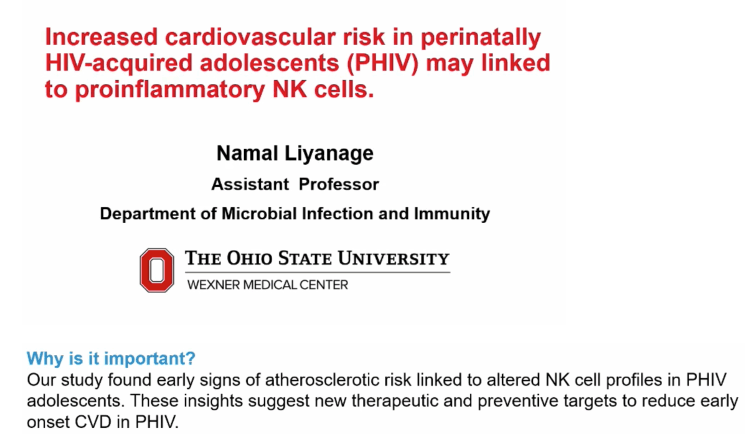
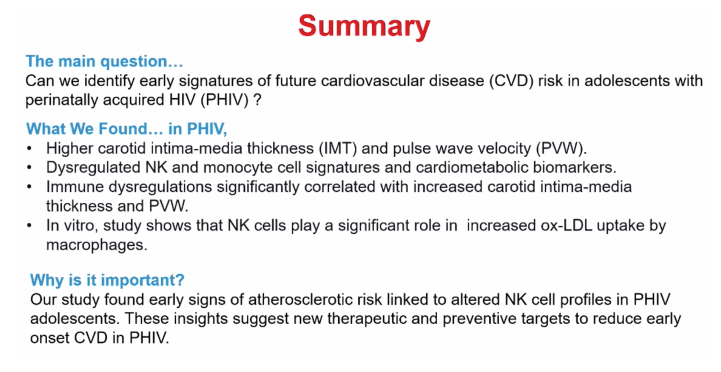
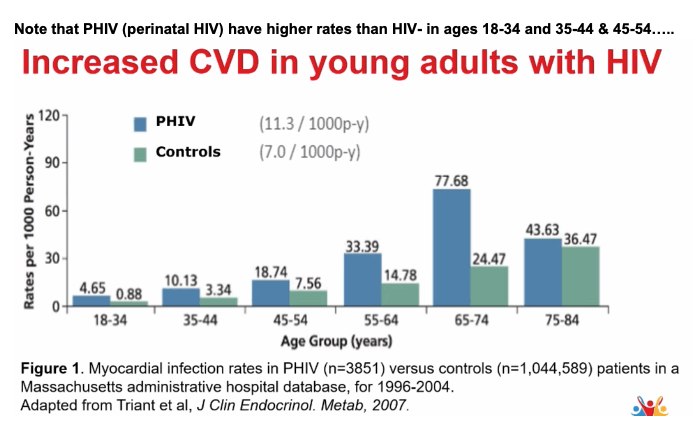
Abstract
BACKGROUND: Our initial findings and literature suggest a potential reprogramming of innate immune cells in adolescents acquiring HIV perinatally and undergoing antiretroviral therapy. This reprogramming may accelerate aging, increasing the risk of future complications, particularly cardiovascular disease (CVD). Natural killer (NK) cells, with diverse functions, play a crucial role in HIV pathogenesis and are implicated in comorbidities like CVD through immune crosstalk. Despite this understanding, the specific involvement of NK cells in HIV-related cardiovascular risks remains unclear. Here, we studied NK cell subsets and their potential role in cardiovascular risk in adolescents with and without HIV.
METHODS: In this cross-sectional study, using high-dimensional flow cytometry, plasma biomarker profiling, and transcriptomics, we compared cardiovascular risk factors and immune signatures in cryopreserved peripheral blood mononuclear cells, as well as cardiovascular biomarkers (carotid intima-media thickness and pulse wave velocity-PWV) in Ugandan adolescents with perinatally acquired HIV on antiretroviral therapy and virally suppressed (n=18) and age/sex-matched HIV-unexposed and uninfected adolescents, (n=20). At baseline, the median age was 14 years, and 50% were females.
RESULTS: In the PHIV, we found elevated activation, maturation, memory, and pro-inflammatory/migration markers in most NK subsets compared to HIV- (p<0.05). Oxidized LDL levels were significantly lower in the plasma of PHIVs (p<0.05). Further, negative correlations were found between all activated CCR5+NK subsets and plasma oxLDL among PHIVs. This was confirmed by in vitro studies which revealed increased uptake of oxLDL by macrophages in the presence of activated NK cells (p<0.05). Bulk-RNA sequencing data revealed differential expression of genes associated with immune cell migration, cholesterol uptake into tissue, and vascular remodeling, and enrichment of pathways associated with NK activation and epigenetic regulation in the PHIV group (p<0.05). Interestingly, the dysregulated NK subsets showed significant correlations with carotid intima-media thickness and pulse wave velocity (PVW).
CONCLUSIONS: Our data, for the first time, reveal an increase in several activated, mature NK subsets capable of homing to vascular tissue. This correlates with increased plasma oxLDL uptake by macrophages. Dysregulated NK subsets exhibit significant correlations with carotid intima-media thickness and PVW, suggesting a potential link between NK cells and cardiovascular risk in adolescents with PHIV.

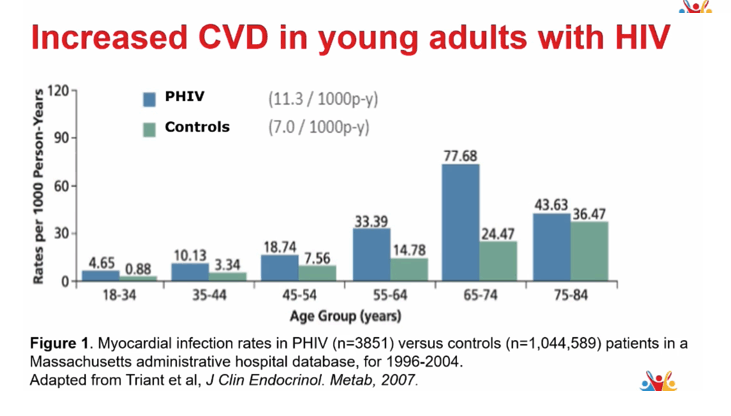
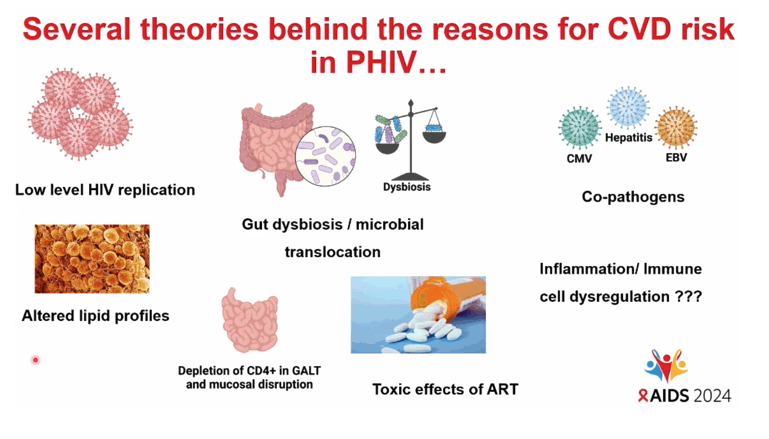
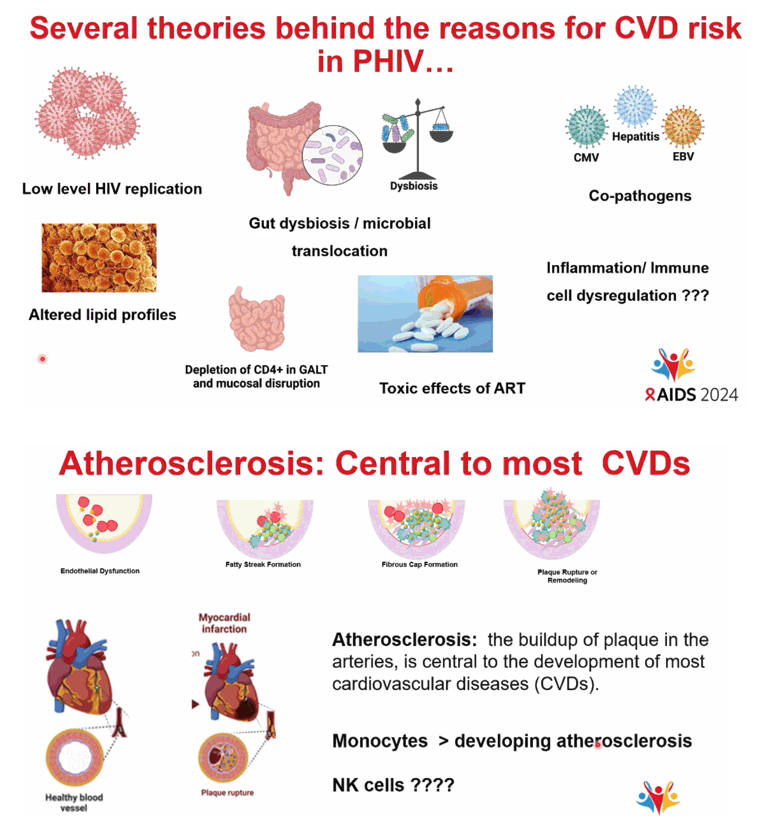
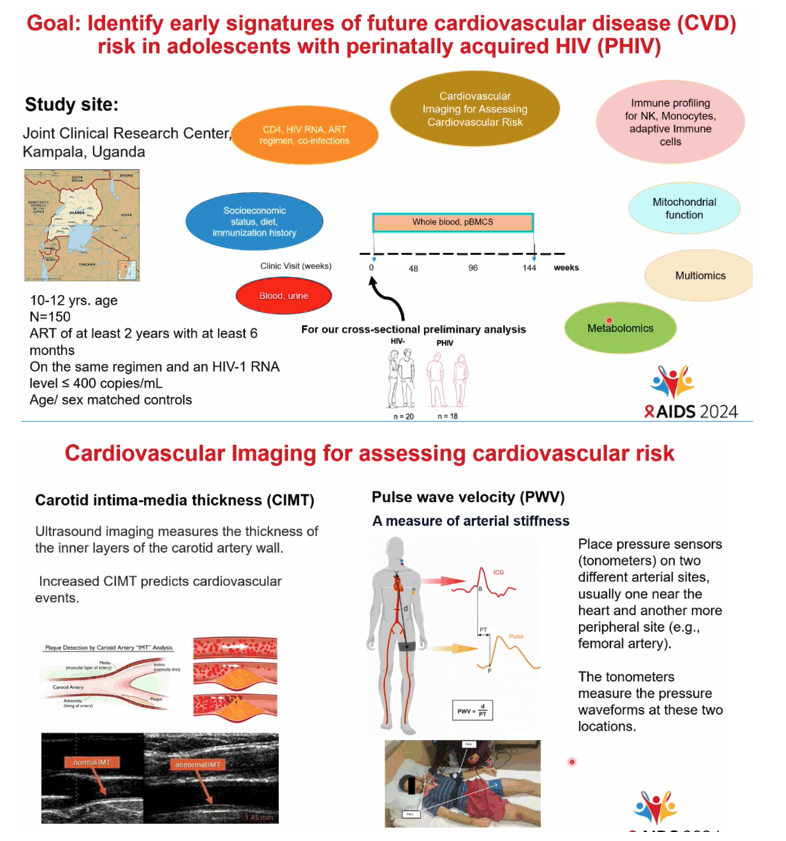
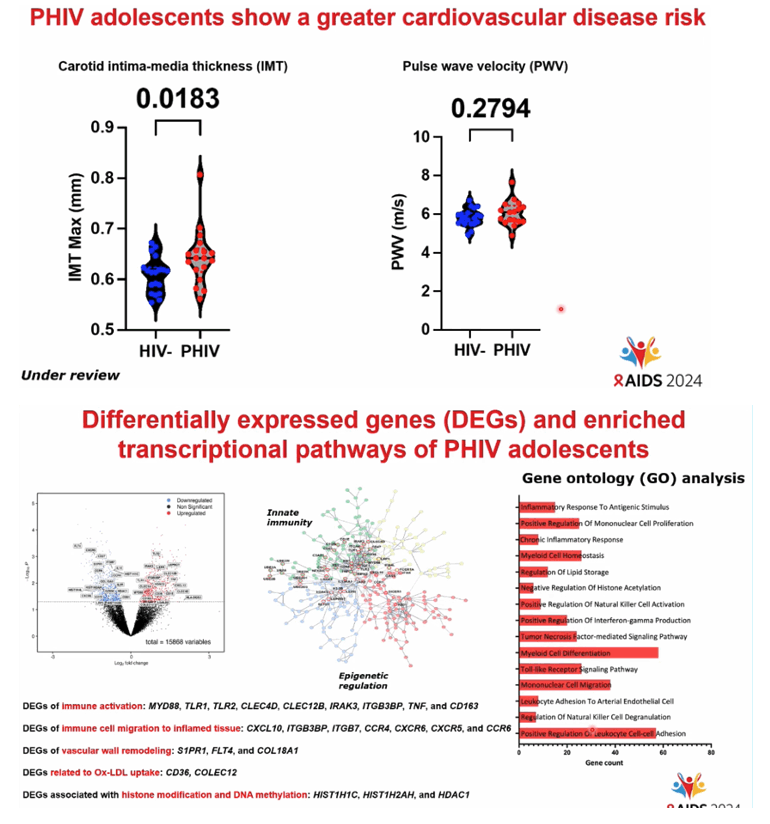
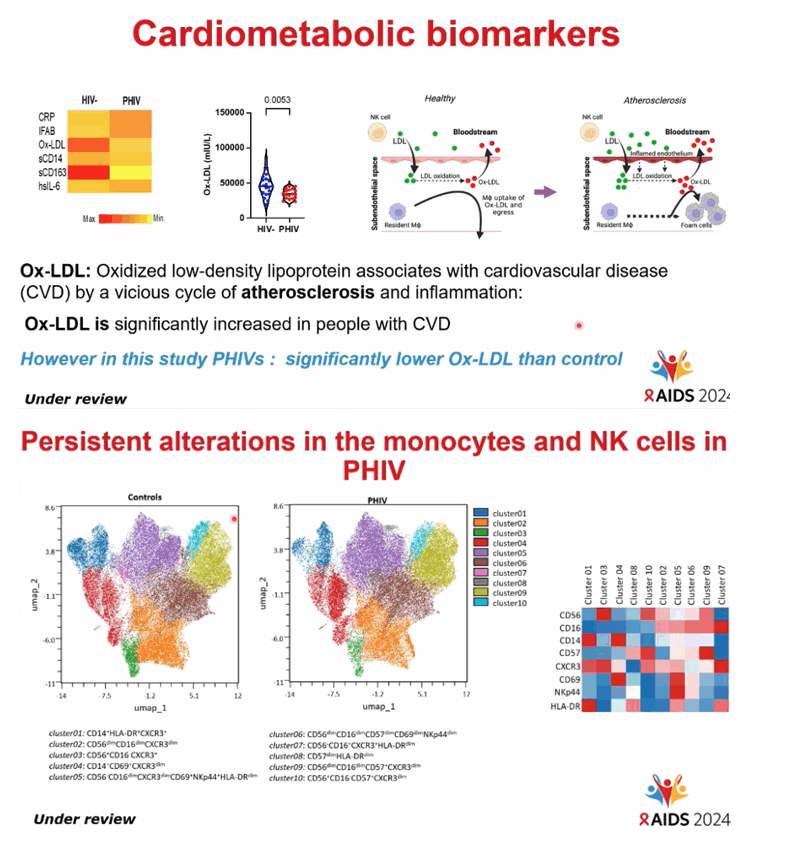
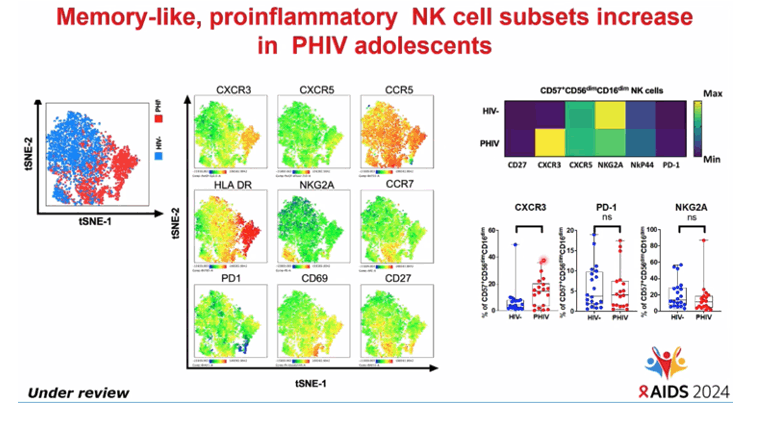
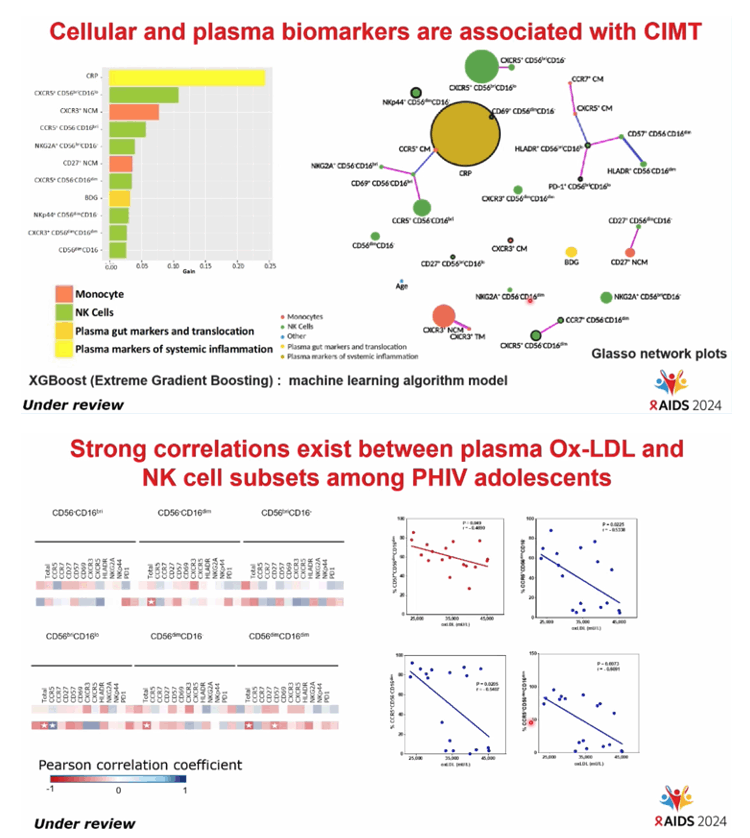


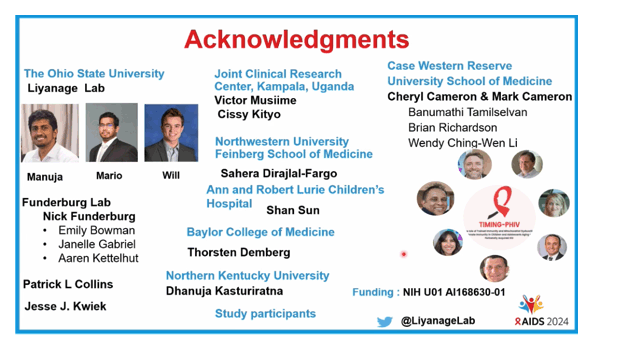
|
| |
|
 |
 |
|
|